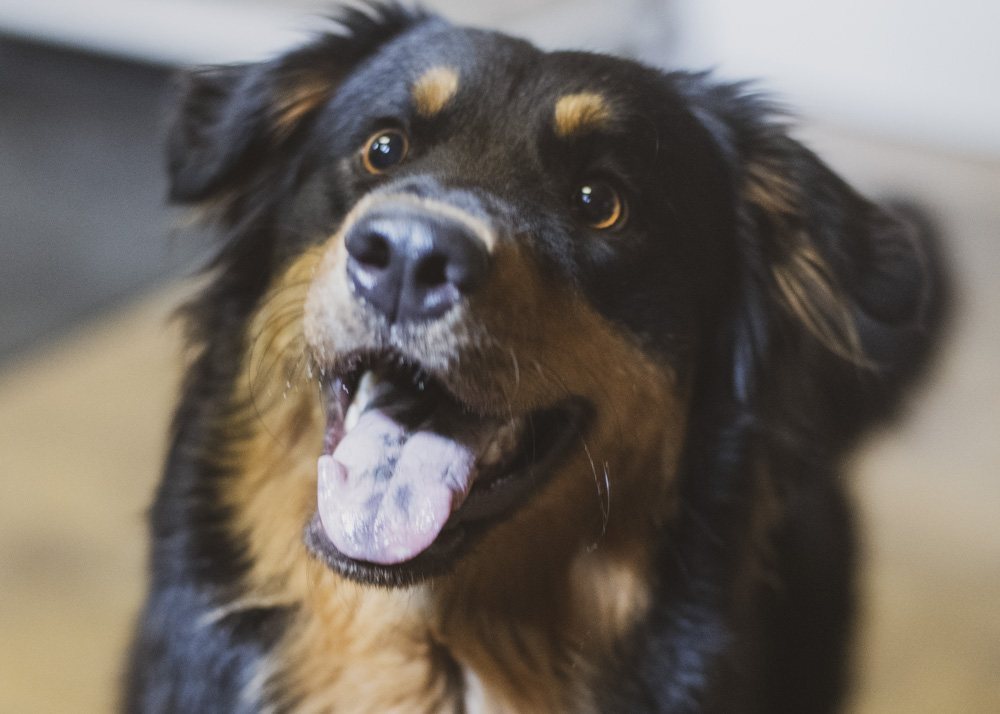Abstract
Destructive chewing is a common problem in dogs, often caused by boredom, anxiety, and a lack of appropriate chew toys. This paper discusses the use of operant conditioning to remediate destructive chewing behavior in dogs. Through a case study involving a one-year-old English Shepherd named Buddy, we demonstrate the effectiveness of positive reinforcement, supervision, redirection, environmental management, and providing appropriate mental and physical stimulation to address this issue. The results show a significant decrease in destructive chewing and improved overall behavior, contributing to a healthier relationship between the dog and its owner.
Dog Situation
Buddy, a one-year-old English Shepherd, has recently developed a destructive chewing habit. He has been chewing on furniture, shoes, and other household items when left alone or unsupervised. His owner, Sarah, is growing increasingly frustrated and seeks the help of a professional dog trainer to address this behavior.
Dog Behavior
Buddy’s destructive chewing stems from a combination of boredom, anxiety, and a lack of appropriate chew toys. He has a lot of energy and needs mental stimulation, which he tries to achieve by chewing on various household items. This behavior has become self-reinforcing because it provides him with an outlet for his energy and anxiety.
Trainer Recommendations
The dog trainer recommends using operant conditioning to remediate Buddy’s destructive chewing habit. Operant conditioning is a learning process where behaviors are modified through reinforcement or punishment. The trainer suggests the following steps:
How to Remediate Destructive Chewing in Dogs
- Provide appropriate chew toys
Make sure Buddy has access to a variety of safe and engaging chew toys, such as Kong toys, puzzle toys, and durable rubber toys. This will give him an appropriate outlet for his chewing needs.
- Positive reinforcement
Whenever Buddy chews on his designated toys, Sarah should praise him and offer a treat or playtime as a reward. This will reinforce the positive behavior and encourage him to continue chewing on appropriate items.
- Supervision and redirection
When Buddy starts to chew on something inappropriate, Sarah should calmly interrupt him, redirect him to an appropriate chew toy, and praise him when he begins chewing on the correct item. This will teach Buddy the distinction between appropriate and inappropriate chewing objects.
- Manage the environment
Sarah should remove or limit Buddy’s access to items that she doesn’t want him to chew. This could involve using baby gates or closed doors to restrict access to certain rooms or putting valuable items out of reach.
- Exercise and mental stimulation
Buddy should receive regular physical exercise and mental stimulation to reduce boredom and anxiety. This could include daily walks, playtime, and training sessions. Providing interactive toys and puzzle feeders can also help keep Buddy’s mind engaged.
Results/Consequences
By consistently following the trainer’s recommendations, Sarah sees a significant decrease in Buddy’s destructive chewing behavior over time. Buddy learns to associate chewing on his designated toys with positive reinforcement, and his desire to chew on inappropriate items decreases. As a result, Sarah’s home remains intact, and Buddy’s anxiety and boredom are better managed. Both Sarah and Buddy are happier and enjoy a healthier relationship as a result of the successful operant conditioning training.

